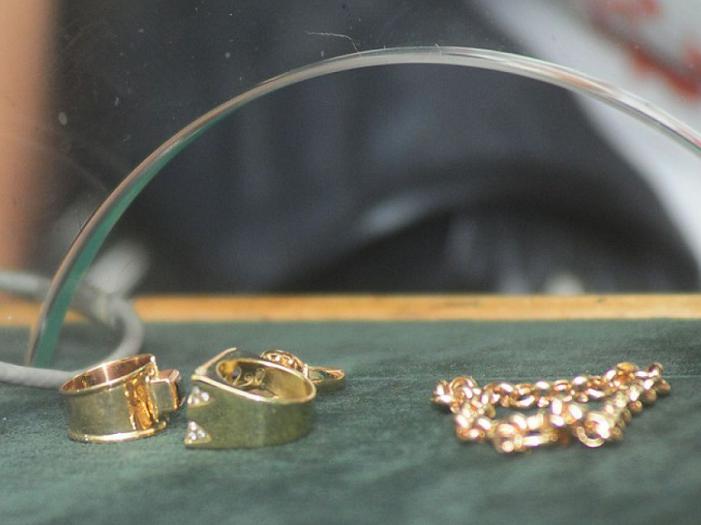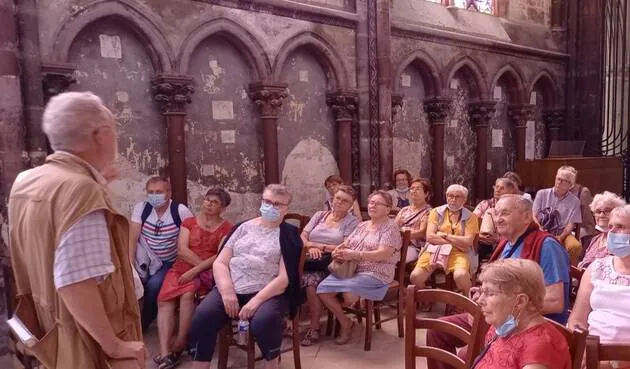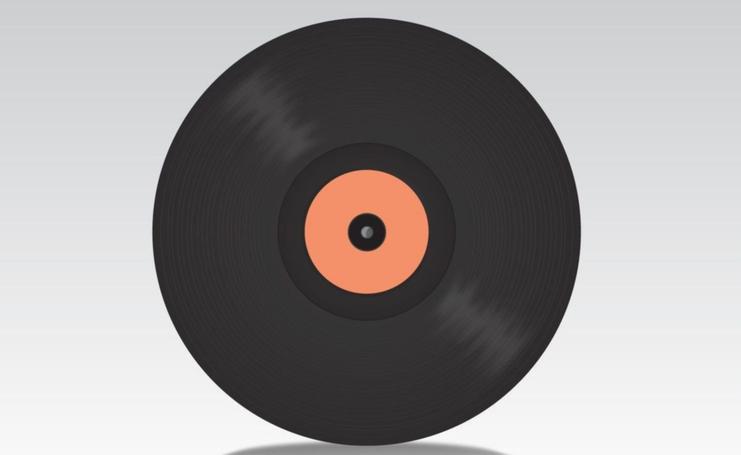"Aunt Rich": 14,000 people can withdraw surpluses for pledges
The end of the year parties entail an extra expense for most households. The same happens in March, with the return of children to school, and in September with the celebration of National Holidays. For this reason, and given the need to obtain higher income, many people decide to request credits and cash advances in commercial houses. However, there is also another method.
"La Tía Rica is a good option to have quick money and get out of the way of some extra expense or on holidays like Christmas," says Jackie García (44), a frequent user of the country's institutional pawn shop. And it is not the only one, because during this month of December there is a 30% increase in loan applications.
Last July, Garcia went and pawned some of her jewelry for $100,000; she then she continued to do so. "I removed the jewelry in October and pawned it again. Then I took it out in November and did the same thing. This month I will repeat the procedure," she explained. Regarding the interest, she added that she has had to pay about $3,500 each month.
However, her loans are not only referred to the need to obtain money. "I had some gold jewelry and I went because they are ostentatious things, which cannot be used on a daily basis, because they are the focus of crime. I prefer to leave them pawned there, I feel they are safer," she admitted.
Like her, during 2017 another 180 thousand users have carried out pawn operations in the 21 units of the Pledge Credit Directorate (Dicrep) throughout the country, this entity reported yesterday. And she added another detail. That more than 14,000 people, who have already lost their clothes -because more than a year has passed since their efforts- have forgotten an important benefit: withdraw their excess money.
Dicrep's general director, Mario Acuña, explained that "as a State institution, which is not for profit and has a clear social orientation, in those cases in which people have requested a loan with us, they have left a kind of pledged and they have not been able to recover their species for not paying the loan, we necessarily have to put those species up for auction".
However, once the capital is recovered and the interest is deducted, the balance that remains in favor is returned to the users.
For this concept, today the Rich Aunt "has, at the national level, $ 335 million available so that users can collect it with the different credit institutions, only with their identity card," explained Acuña.

More about rich aunt
And although it seems a high amount, the people who do not manage to recover are the minority. "We are an institution that has a very high level of recoverability. We have 96% of users who fulfill their commitment and pay their loans."
more women
In general terms, those who pawn objects in the Dicrep access loans of an average of $60,000. And 80% of those who request them are women. The director clarifies that this does not necessarily mean that they are the beneficiaries.
"What we have studied, through our different statistical tools, is that the loans are for the benefit of the family, and normally it is a woman who requests them; that is why the registry shows this result," he said.
Another relevant point about this method is that those who access the loan only need to be of legal age and have an object they wish to pawn, so it is presented as a more accessible system than the traditional financial system.
That last one is not seen with good eyes by all. Alejandro Alarcón, an economist and academic from the University of Chile, argued that "the ideal would be for people to finance themselves within the formal market, that is, in everything that represents the financial service, such as banks and other organizations that give loans to the people".
In his opinion, it would be an "abusive" system that affects people with fewer resources. "In the end, people end up going there (Dicrep) because it's unbanked, it doesn't have financial inclusion due to regulations," he said. And he added that despite the high percentage of recoverability of the objects, "people have to risk their heritage, memories and family jewels. That is the problem."
Regarding the interest on the loans, which is 2.5 per month, Alarcón considered that it was "excessively high", since in 10 months almost 25% of the total loan is reached.
In addition, he criticized the setting of interest rates, since this would produce "segmented markets, which end up punishing the poorest people (...) it is assumed that the conventional maximum rate was a way to help the poorest, but apparently it turned out to be the opposite."
He comments
Please, he logs in to La Tercera to access the comments.


